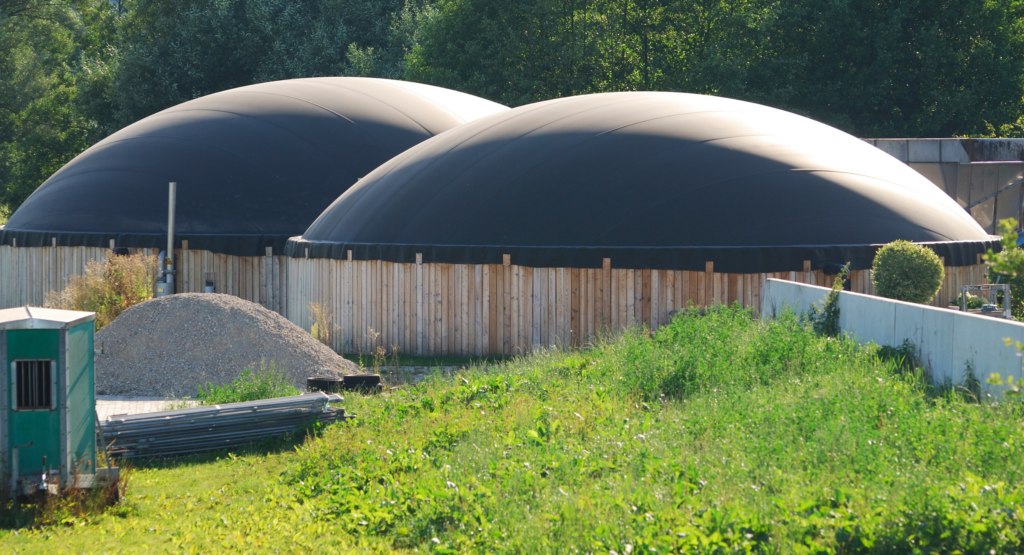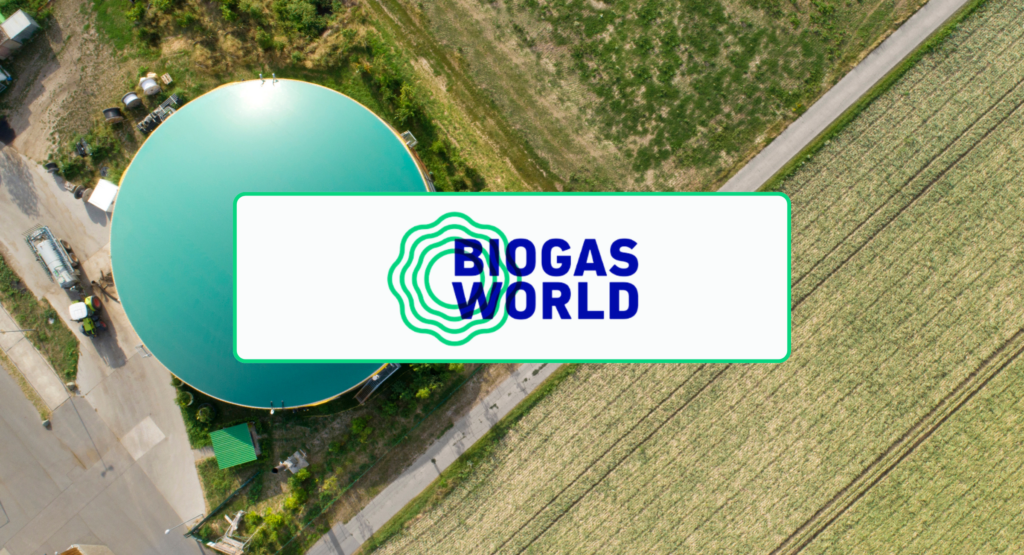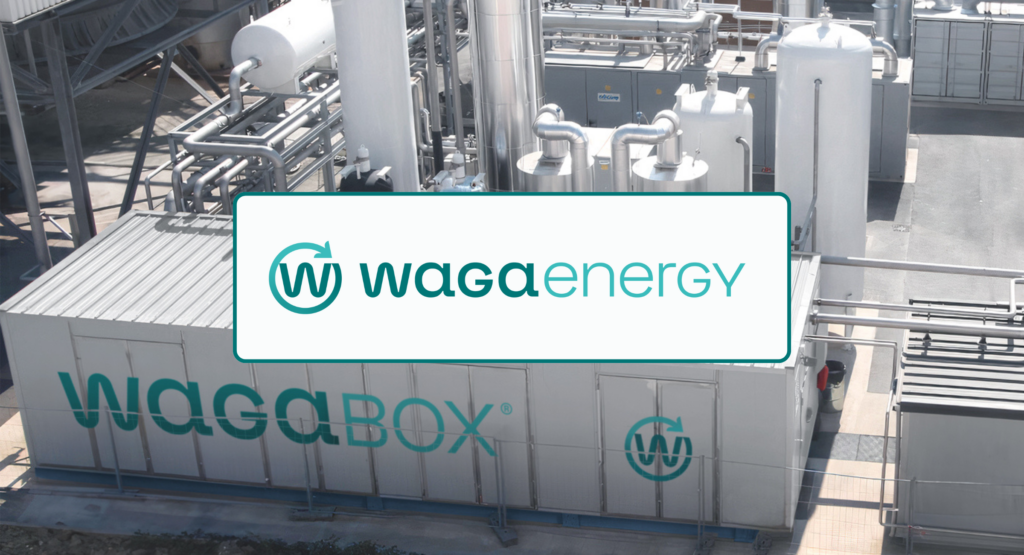Brazilian Biogas: A Growing Market

Decarbonization targets drive 22% growth in Brazilian biogas production in 2022
Brazilian biogas in numbers
Brazil has 936 plants, with 885 currently in operation (95%), 38 under construction (4%) and 13 under repair (1%). In 2022, these plants produced 2.8 billion Nm³ of biogas and the industry predicted an increase of 15% for the beginning of 2023.
The main feedstock used to produce biogas is agro-industrial wastes, and the primary end-use of biogas is the production of electricity. Approximately 70% of these plants are small-scale plants with the production of up to 1 million Nm³ of biogas per year. However, from 2022 onwards, there has been a sharp increase in the number of large-scale plants with the production above 5 million Nm³ of biogas per year being commissioned. This same year shows that the number of plants using biogas purification systems and upgrading technologies increased by 82% compared to 2021.
Brazilian Biogas Association – ABiogás states that Brazil has the largest biogas potential in the world, which could reach as high as 84.6 billion Nm³ of biogas per year. This potential has the capacity to supply almost 40% of national electricity demand or replace 70% of Brazilian diesel consumption. Brazilian biogas potential can meet 100% of the Brazilian target in the Global Methane Agreement, avoiding the release of 8 million tons of gas into the atmosphere. Thus, Brazil has the innate ability to be an industry leader and have a major impact on global methane reduction.
This potential represents a strong business case for the industry. According to McKinsey & Company (2022), “Brazil’s biomethane market value could reach USD 15 billion by 2040, taking advantage of waste and by-products from five main industries: sugarcane, cattle ranching, dairy farming, pork raising, as well as urban waste and sewage.”
The Program that boosted biogas in Brazil
Biogas in Brazil began to gain prominence, although modestly, in the 1970s when oil prices rose significantly and began to impact the domestic consumer market. Biogas was considered a viable alternative to reduce the use of oil in the energy sector.
National and Regional Programs such as the “Biogas Promotion Project” (Projeto de Difusão do Biogás) of 1977 and the “Energy Mobilization Program” (Programa de Mobilização Energética) of 1982, aimed to encourage the construction of biodigesters and the use of biogas as an alternative renewable energy source. However, the lack of technology and technical knowledge culminated in the poor performance of equipment, low efficiency, and high project costs. These difficulties led to a loss of confidence in biogas and the subsequent abandonment of the technology.
However, the launch of the National Program to Encourage Alternative Sources of Electricity (Proinfa) aiming to meet the GHG emission reduction targets of the Kyoto Protocol in 2002 gave the necessary boost to the biogas industry.
Other major documents that played an important role in biogas promotion are the Resolution 482/2012 (Resolução ANEEL 482/2012) that authorized the energy distributed generation in projects of up to 5 MW and the National Biofuels Policy program, known as Renovabio, launched in 2017.
In addition, 2017 was a year that marked the importance of biogas in the Brazilian electricity sector, as it was included for the first time in the Ten-Year Energy National Plan containing the indicators of how Brazilian energy will be developed over a 10-year horizon.
To learn more about the Brazilian biogas market, access some of the references we used to produce this article:
References:
- BRAZILIAN OIL & GAS REPORT 2022/2023 (EPE, 2023)
- BRAZILIAN BIOGAS OUTLOOK 2022/2023 (CIBIOGÁS, 2023)
- Abiogás: https://abiogas.org.br/
- The green hidden gem – Brazil’s opportunity to become a sustainability powerhouse (Mckinsey & Company, 2022)
- Biomethane could generate R$200bn per year in Brazil by 2050 (Valor International, 2023)





Comments